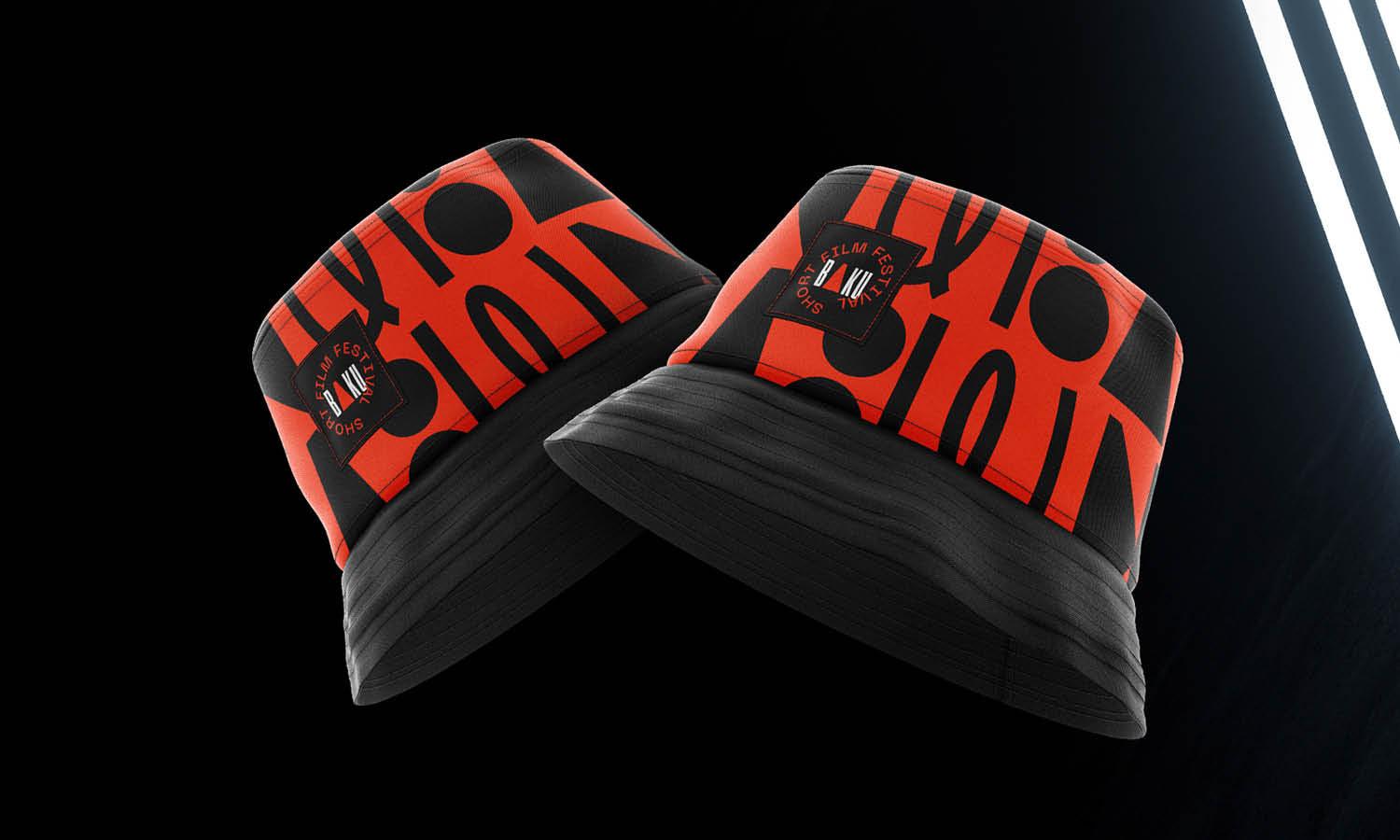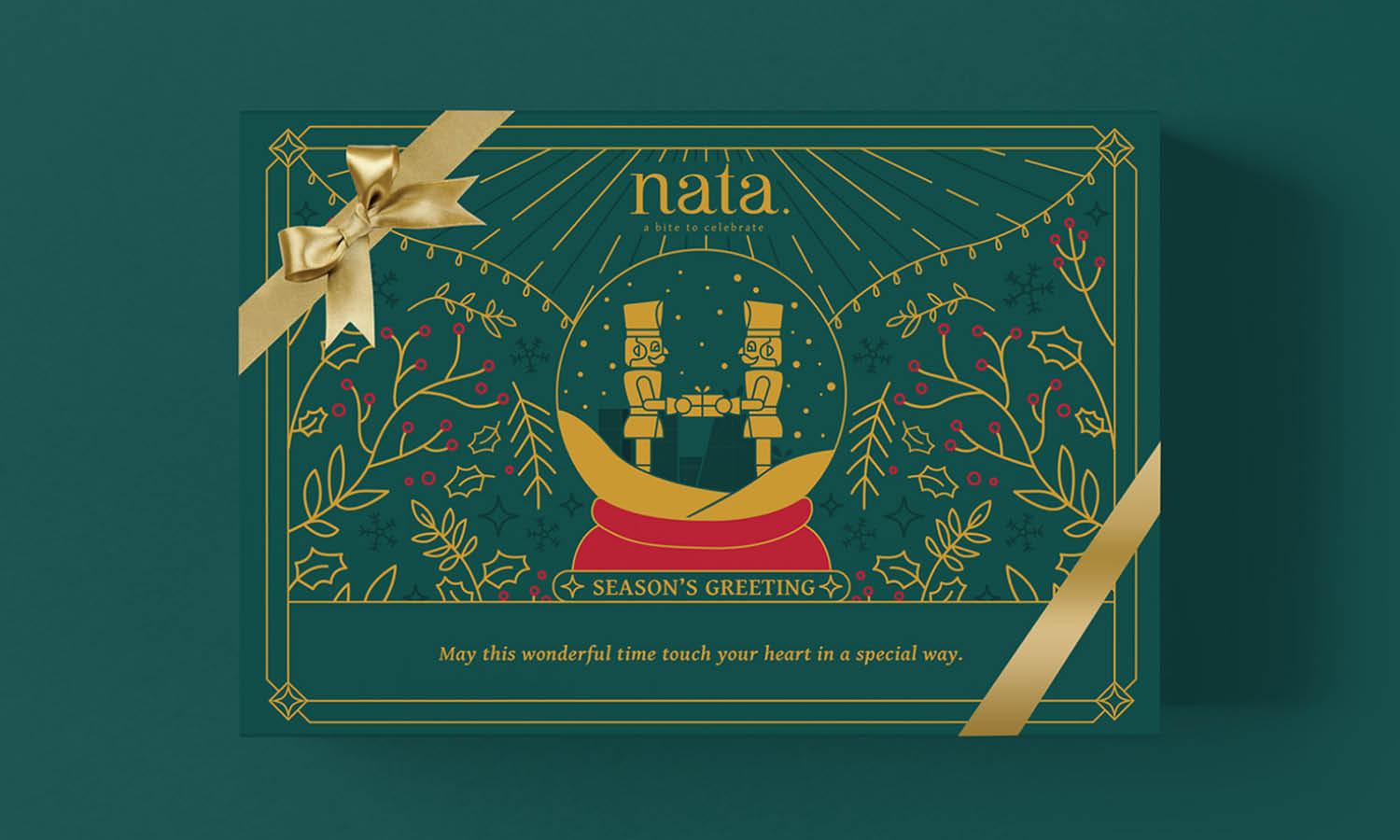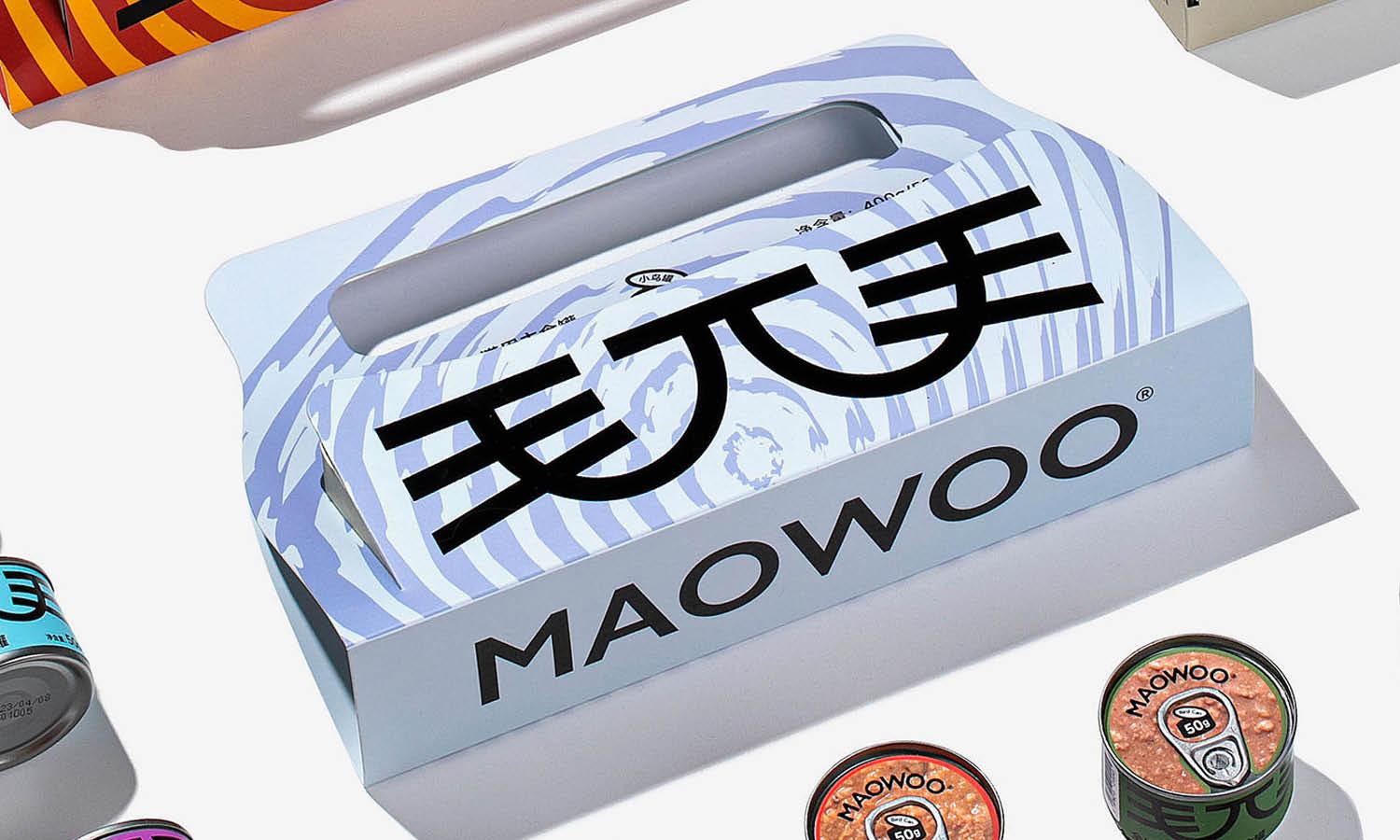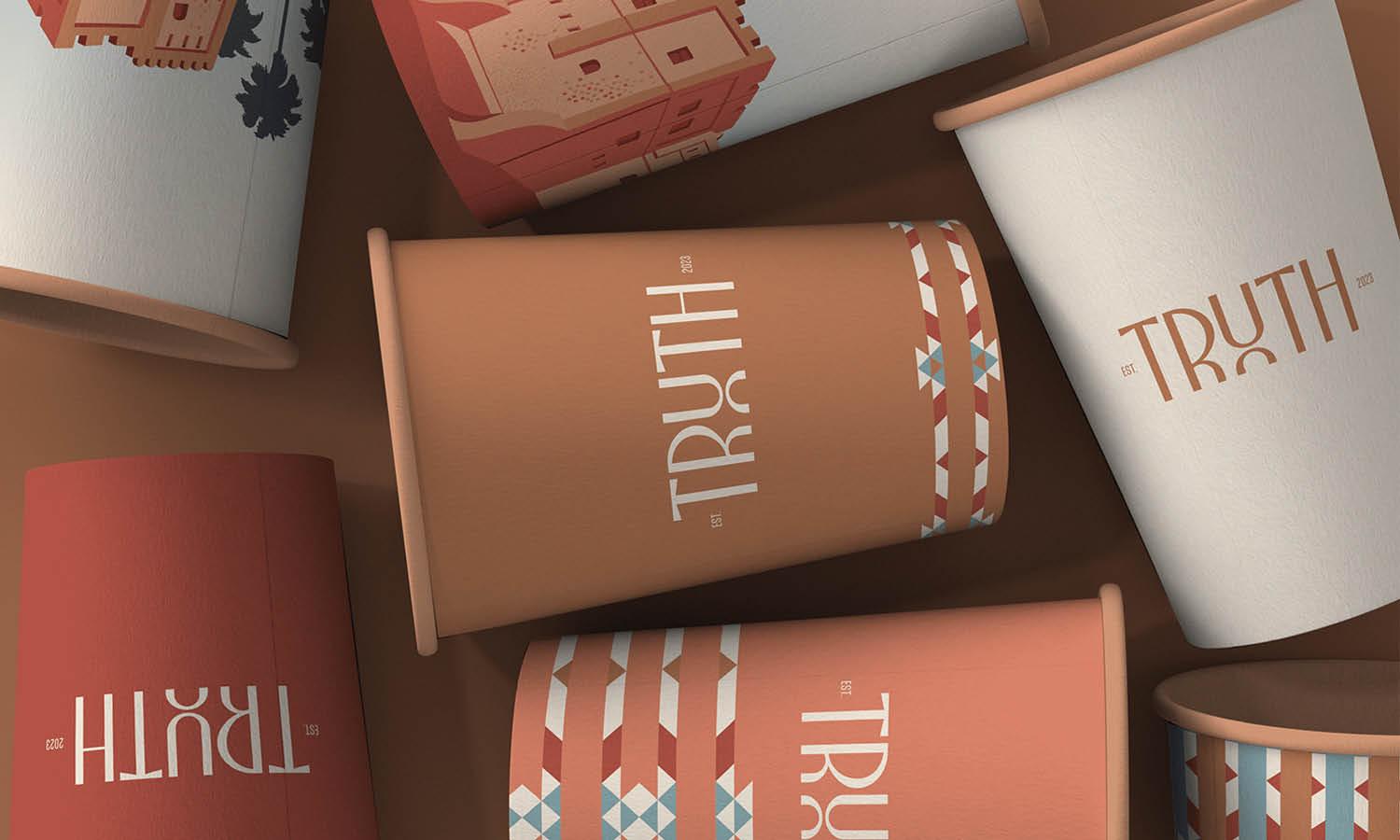How to Print Logo Designs for Window Displays

Source: Mmpx Inc, Andor Bakery & Coffee Brand Identity, Behance, https://www.behance.net/gallery/137349115/Andor-Bakery-Coffee-Brand-Identity
Printing logo designs for window displays is a strategic approach to enhance brand visibility and attract customer attention. Whether you're aiming to promote a new product, inform customers about a sale, or simply increase brand awareness, a well-executed window display can be incredibly effective. This guide will walk you through the essential steps and considerations for printing high-quality logo designs specifically tailored for window displays.
From selecting the right materials and ensuring color accuracy to understanding the impact of lighting and the importance of professional installation, each step is crucial for achieving a visually appealing and durable display. By following these guidelines, businesses can create engaging and memorable window displays that not only reflect their brand's aesthetic but also withstand the environmental factors they will face.
Understand the Purpose of Your Display
When planning to print logo designs for window displays, the first step is to clearly understand the purpose of your display. This foundational insight guides every subsequent decision, from design to material selection. Window displays can serve various functions: promoting a new product, highlighting a sale, or simply enhancing brand recognition. Each objective requires a tailored approach to ensure the message reaches the target audience effectively.
For promotional displays, the logo should be bold and eye-catching, drawing in passersby and encouraging them to learn more about the offer. Informational displays, on the other hand, may rely more on clarity and detail to educate the audience about specific features or benefits. Decorative displays, while focusing on aesthetics, should still align with the brand’s overall image and values to reinforce brand identity consistently.
It’s also essential to consider the demographic of the target audience. A display aimed at younger consumers might be vibrant and dynamic, whereas one targeting a more mature audience should prioritize sophistication and elegance. Understanding these nuances ensures that the logo not only captures attention but also resonates with the viewers, making the window display a powerful tool for communication and engagement.
Choose the Right Materials
Selecting the appropriate materials for printing logo designs on window displays is crucial for both the appearance and longevity of your advertisement. The right material will not only convey your brand's message effectively but also withstand the environmental conditions it will face, such as sunlight exposure and weather changes.
Vinyl is a popular choice due to its durability and versatility. It can be easily printed in vibrant colors and is resistant to weather elements, making it ideal for both indoor and outdoor settings. Perforated vinyl is particularly effective for window displays as it allows for see-through visibility from the inside while showcasing the design to the outside world.
Another option is static cling material, which is perfect for temporary or seasonal promotions. This material can be easily installed and removed without leaving any residue, offering great flexibility and convenience for short-term campaigns.
For a more refined look, you might consider frosted or etched glass effects. These materials provide a subtle and elegant appearance, enhancing the brand's sophistication while still allowing light to pass through, which can create intriguing visual effects depending on the angle and lighting.
When choosing materials, always consider the print quality and color fidelity. High-quality printing on suitable materials ensures that your logo looks crisp, vibrant, and professional, reinforcing your brand’s image. Discuss with your printer about the best materials for the specific needs of your window display to ensure optimal visibility and impact.
Consider the Lighting
Lighting plays a pivotal role in how your logo is perceived in a window display. Effective lighting can dramatically enhance the visibility and impact of your design, drawing attention even from a distance. When planning your display, consider both natural and artificial light sources and how they will affect the appearance of your logo throughout the day.
Natural light can vary significantly, affecting how colors and details are seen. Bright sunlight can wash out lighter colors, whereas overcast conditions can mute vibrant hues. To combat this, use high-contrast colors in your logo to ensure it remains prominent regardless of natural lighting conditions.
Artificial lighting should be strategically placed to highlight the key elements of your logo. Direct lighting can be used to illuminate the logo from the front, enhancing clarity and color saturation. Backlighting, on the other hand, creates a halo effect that can make the logo stand out against the backdrop, especially during nighttime.
Adjustable lighting setups can also be beneficial, allowing you to change the intensity and positioning of lights to suit different times of the day or specific promotional events. By considering these lighting conditions, you can ensure that your window display maintains its effectiveness and allure at all hours, maximizing the potential for customer engagement.

Source: Liya Petkova, Loaf Café Brand Identity, Behance, https://www.behance.net/gallery/165611409/Loaf-Caf-Brand-Identity
Visibility and Readability
Ensuring the visibility and readability of your logo design in a window display is crucial for effective communication with potential customers. The design should be clear and legible from a distance, making it easy for passersby to recognize and understand your brand's message quickly.
To maximize visibility, use large, bold fonts and high-contrast color combinations that stand out against the background. This is particularly important in busy retail environments where a display must compete with many visual stimuli. The size of the logo should also be proportional to the viewing distance; larger displays are required if the target audience will be viewing from far away.
Readability extends beyond just type size and color; it also involves the clarity of the message conveyed by the logo. Avoid cluttering the design with too many elements or overly complex typography, which can dilute the message and reduce its impact. Instead, focus on a simple yet powerful design that communicates your brand's essence succinctly.
Finally, consider the angle of view. The logo should be designed to be legible from multiple angles to cater to pedestrians and traffic moving in different directions. By prioritizing visibility and readability, your window display can effectively capture attention and convey your brand’s message to a wide audience.
Color Accuracy
Achieving color accuracy is crucial when printing logo designs for window displays, as the correct colors can significantly impact brand recognition and consumer perception. To ensure that the colors in your logo are reproduced faithfully, it is essential to use a standardized color system like Pantone or CMYK during the design process.
Start by selecting colors that are suitable for printing. Some colors that appear vibrant on screen may not print as brightly, so it’s important to choose hues that translate well to physical media. Utilizing a color proofing process is also beneficial. This involves printing a small sample of the logo to check if the printed colors match the original design before proceeding with the full-scale print.
Communicate clearly with your printing service about the color requirements. Providing them with specific color codes and standards ensures that they can match the palette as closely as possible. Additionally, consider the type of material you're printing on, as different substrates can affect how colors appear. For instance, colors might look different on a glossy vinyl compared to a matte finish.
Scale Appropriately
Scaling your logo appropriately for window displays is vital to maximize its impact and ensure it is viewed as intended from various distances. An undersized logo can be difficult to read, while an oversized logo might overwhelm the space or appear pixelated.
To determine the appropriate scale, consider the size of the window and the typical viewing distance. A logo that fills a large storefront window needs to be legible from across the street, which means scaling up the design without compromising resolution. Ensure that the digital files provided to the printer are high resolution, ideally vector formats, which can be scaled without loss of quality.
When scaling your logo, maintain the aspect ratio to prevent any distortion of the design elements. This preserves the aesthetic and professional appearance of the logo. Also, account for any additional elements in the window display, such as text or other visual decorations, to create a balanced composition.
Finally, consider conducting site visits to view mock-ups in the actual display environment. This can help you visualize how the scaled logo will look in situ and make any necessary adjustments before final printing. Properly scaling your logo ensures that it captures attention effectively while maintaining its visual integrity, making your window display a powerful tool for branding and marketing.
Use High-Quality Images
Using high-quality images is essential when printing logo designs for window displays, as it ensures that the final product is clear, crisp, and visually appealing. High-resolution images prevent pixelation and blurring, which can detract from the impact of your display and the professionalism of your brand.
To guarantee the quality of your images, start with a resolution of at least 300 dpi (dots per inch) for printing. This resolution will help maintain the clarity of your logo, even when scaled up for large displays. If you are using photographs or complex graphics, make sure they are also in high resolution to avoid any loss of detail.
Vector files are particularly suitable for logos because they can be scaled to any size without losing quality. Programs like Adobe Illustrator are ideal for creating and manipulating vector images. Ensure all components of your logo, including text, are converted to vector format to keep edges smooth and clean.
Additionally, work closely with your print provider to understand their specific file requirements. This might include file format, color mode (RGB or CMYK), and any other specifications that affect the print quality. Adhering to these specifications can significantly enhance the appearance of your printed logo in the window display.

Source: Jeremy Vessey, Cavalier Barbershop [Typeface Used: Archway], Dribbble, https://dribbble.com/shots/19573912-Cavalier-Barbershop-Typeface-Used-Archway
Lamination for Protection
Laminating your printed logo designs for window displays is an excellent way to extend their lifespan and enhance their visual quality. Lamination protects against various elements such as UV rays, weather conditions, and general wear and tear, which can otherwise degrade the quality of the display over time.
There are different types of lamination materials and finishes available, depending on your specific needs. For instance, a gloss laminate can make colors pop and enhance the vibrancy of your logo, while a matte finish reduces glare and is easier to view under strong lighting conditions.
When selecting a laminate, consider the directional orientation of your window and the typical weather conditions in your area. UV-resistant laminates are crucial for displays facing direct sunlight, preventing the colors from fading prematurely. For areas with high humidity or frequent rain, waterproof laminates can provide additional protection.
Discuss the best lamination options with your printing service to ensure compatibility with your chosen print material. Proper application of lamination is also critical; it should be done in a clean, dust-free environment to avoid bubbles and wrinkles that can obscure the design.
Incorporating lamination into your window display strategy not only preserves the integrity and appearance of your logo but also ensures that it continues to effectively communicate your brand message, even under challenging environmental conditions.
Adhesive Choices
Selecting the right adhesive for your window display logo is crucial for both the longevity of the installation and the ease of future removal. The choice of adhesive can vary based on the duration of the display, the material of the logo, and the conditions to which it will be exposed.
For quick, small-scale applications or lightweight materials, double sided adhesive tape can be a simple and effective option. It provides strong adhesion for indoor use and allows for easy setup without professional tools. However, for larger or long-term window displays, stronger solutions such as adhesive-backed vinyl or removable adhesives are recommended.
For more permanent installations, adhesive-backed vinyls are suitable. These come in various grades of adhesion, from removable to permanent. Removable adhesives provide a good hold but can be taken down without damaging the glass or leaving behind sticky residues, which is ideal for medium-term campaigns.
For displays subjected to harsher environments, such as outdoor settings or high-traffic areas, stronger, more durable adhesives may be necessary. These ensure that the logo remains intact and visible despite weather conditions, cleaning processes, or physical contact.
It's important to consult with your printing provider about the best adhesive options for your specific needs. They can offer insights into the latest materials and technologies that offer the best performance and visual clarity for window displays. Proper selection of adhesives not only enhances the quality of your display but also ensures it can be maintained or updated with ease.
Trial Runs
Conducting trial runs before the final installation of your window display logos is an effective strategy to ensure the final output meets your expectations. Trial runs can help identify any potential issues with the design, material, or placement that may not be apparent in digital previews.
Start by printing a small section of the design at full scale to assess the color accuracy and clarity of the imagery. This step is particularly important for large-format window displays where details are magnified and any imperfections can become more noticeable.
Next, test the selected materials and adhesives on a section of the window where the display will be installed. This testing helps verify how well the materials adhere to the surface and their resistance to environmental factors like sunlight and moisture. It also allows you to evaluate the ease of installation and removal, ensuring that the process can be executed smoothly when it comes time for the full-scale application.
Feedback from these trials is invaluable. It provides a chance to make necessary adjustments to the design, materials, or application techniques, which can save time and resources in the long run. Ensure to involve all stakeholders in the trial runs, including the design team, the print technicians, and the installation crew, to gather diverse perspectives and expertise.
Conclusion
Effectively printing logo designs for window displays is an art that combines creativity with technical precision. By carefully considering factors like material choice, lighting, scale, and adhesive options, you can create displays that not only captivate attention but also endure the challenges of their environment. Remember, the key to a successful window display lies in meticulous planning and execution, from initial design to final installation. With the right approach, your window displays can become a powerful tool for enhancing brand visibility and engaging potential customers as they pass by your business.
Let Us Know What You Think!
Every information you read here are written and curated by Kreafolk's team, carefully pieced together with our creative community in mind. Did you enjoy our contents? Leave a comment below and share your thoughts. Cheers to more creative articles and inspirations!
















Leave a Comment